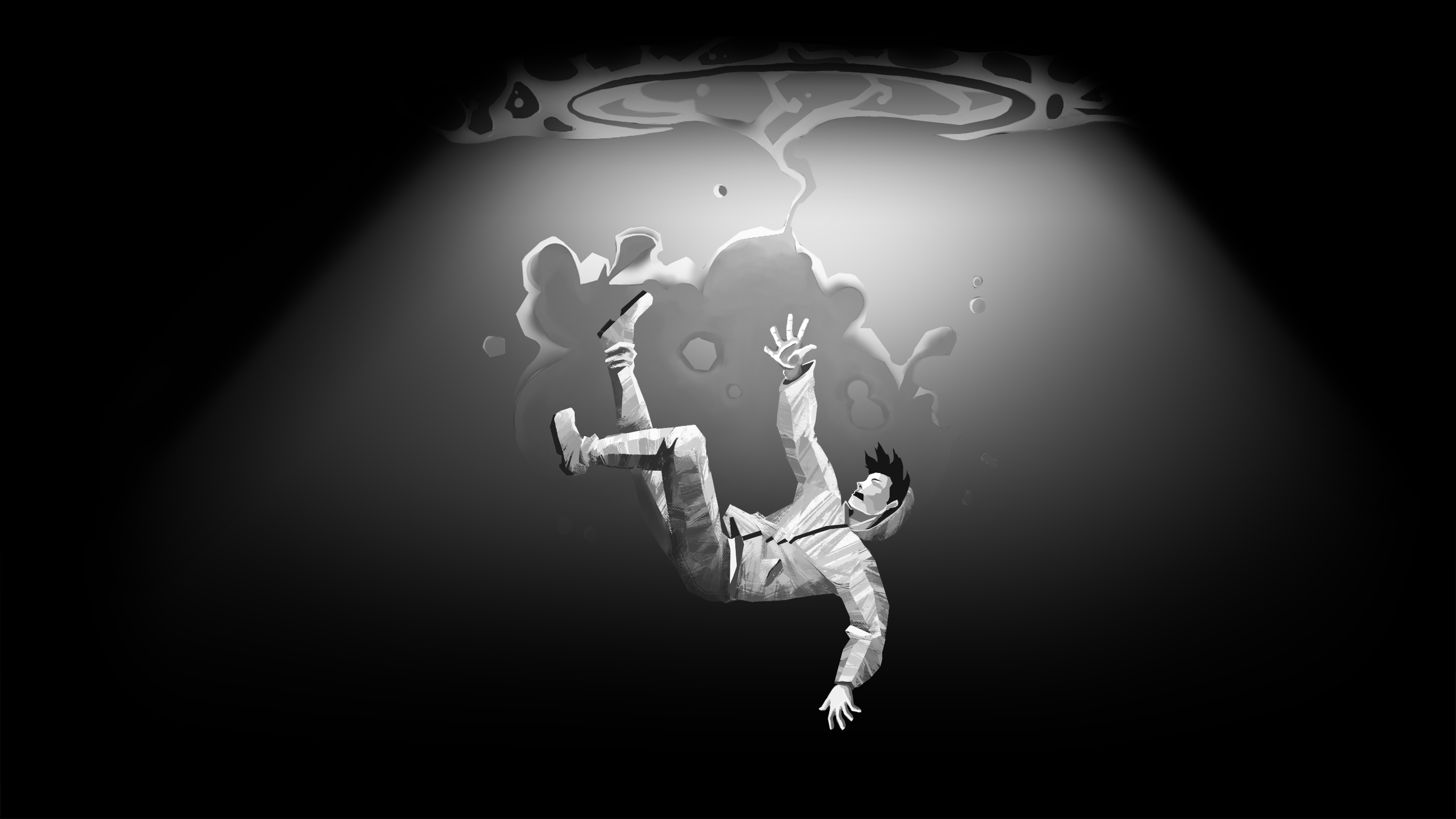Accessibility: What is Lost in Blindness?

Accessibility
A logo with a cracked eye, waves that form with each sound and that's it. These are the only visual elements visible during a chapter of Lost in Blindness, a project developed by three young French developers fresh out of ICAN, a Parisian Game Design school. While it was initially only their end-of-studies project, faced with the enthusiasm encountered by the game, especially from the community of visually impaired, the title ended up becoming the first project. professional from the young studio Unseen Interactive.But let's get back to the essence of the title. What is Lost in Blindness? Presented as a "blind adventure game", it is an experience based on the spatialization of sound and which does not rely on any visual elements or aids. We play as Alex, a young blind archaeologist, who sets out to explore a temple deep in the Amazon to elucidate the disappearance of the Mayan civilization. By its radical principle, the title thus manages to free itself from the distinctions between visually impaired and sighted people to put everyone on an equal footing. Thus, for the game menus, these are written in Braille and the sighted player must listen to the audio description to navigate.
"It is a game which is adapted for the visually impaired but not made exclusively for since our goal is to make it 100% accessible to all" explain the developers about their intentions. To do so, the game is based entirely on binaural sound, a technique that allows you to recreate a 3D universe around the player to allow him to locate himself in the environment thanks to the sound. Obviously, in order to fully enjoy the experience, it is more than recommended to play it with a headset. In an adventure of this type, the dubbing, available in English and French, obviously plays a more than central role in the experience and in the narration. However, note that at the end of a chapter, the sighted player can look at a recap to see how he has moved during the level.
At this level, the obvious question is then to wonder how the title is played joystick (or keyboard / mouse) in hand. Like most games, we advance with the left stick or keyboard keys and move the camera with the right stick, mouse or other keyboard keys to suit all audiences. To find your way around this environment that you cannot see, we have two tools: The first is a sound beacon that emits sounds continuously and whose frequency increases the closer you get. As for the second, it is an echo which emits a noise when it touches a wall which allows the player to estimate the distance which separates him from an obstacle. "We wanted to reproduce the echolocation of which certain animals such as dolphins or bats are capable", tell the developers. To go even further, they added in the options a kind of continuous ultra-sound after realizing that some players were abusing the echo to find their way around.
If it is there gameplay during the exploration phases which constitute a large part of the game, Lost in Blindness includes other approaches depending on the situations presented among the 19 chapters that compose it. Thus, the title contains several action sequences in which you have to stay focused and dodge enemy attacks. Phases of infiltration are also at the rendezvous to escape a creature from Mayan mythology. Finally, some puzzles will ask you to move on musical tiles in order to solve them. With this variety, the developers do not hide their desire to create a real adventure game with choices that result in two different endings.
Despite everything we have just said, there is nevertheless a mode special feature that allows visual elements to be displayed on the screen: streamer mode. Indeed, to play the game, videographers must blindfold themselves while their spectators see the visual rendering of the game on the screen in real time in simple black and white graphics. Many have already tried it, starting with streamer Maghla who had tried the demo live more than a year and a half ago. A very useful mode to talk about a title that is not necessarily easy to present because of its lack of visual elements.
If you are interested in the project, know that Lost in Blindness is available on PC, Mac and Linux via Steam or itch.io and that a mobile version is also expected in the course of next month.